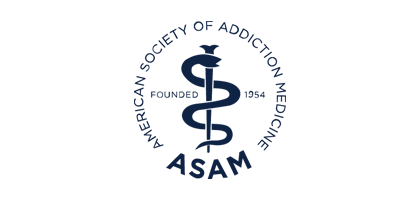Blog
Ask The PCSS Expert: What Are Some Tips for Buprenorphine Treatment Inductions?
A physician wrote the PCSS mentor network seeking advice about group inductions for buprenorphine/naloxone.
The physician’s practice is starting a program with buprenorphine/naloxone in primary care and says, “Due to space and time limitations we were considering doing group inductions with up to 5 patients, who then also would be enrolled in a ‘pain in recovery group’ of 8 weeks' duration.”
The physician’s group has considered home inductions as a way to solve space and time constraints but “since we're new at it figured we should start with observed inductions until we are comfortable with the process.”
The physician wonders if anyone has experience doing group inductions and if so, what advice would they give on the approach, avoiding pitfalls, or other things to consider?
Answer:
If your practice has time and space limitations, there are a few approaches to try for inducting new patients into treatment.
First, try to become familiar with your patients individually before their inductions. It is a good idea, as the questioner describes, to observe inductions before moving to home inductions. That gives a better idea of what to expect of the patient’s response to the medication.
It might be easier to focus on one patient at a time if you do not have a lot of experience initiating treatment. To accommodate space limitations, try inducting several patients separately on the same day.
If you want to try inducting a patient in a group setting, include stable patients who can provide encouragement, support, and advice to help put a new patient at ease.
While group inductions allow for patients to educate and support those new to treatment, some patients might experience symptoms that could trigger others who are not in stable recovery. Patients who are sleep deprived due to opioid withdrawal, for example, may have trouble staying awake and focused, and their symptoms might trigger other members of the group.
If you are set on inducting more than one patient at a time, avoid a simultaneous induction of a couple who are in an intimate relationship. As one mentor wrote,“One of them may be more committed than the other to stop using even though there is an honest desire for both partners to stop using and begin buprenorphine. If one partner is dominant over the other and decides to leave and terminate the induction or treatment early before feeling better, especially if they experience a precipitated withdrawal (despite our best efforts to avoid this) or is ambivalent and returns to using in the first days of treatment, it may make it more difficult for the other partner to continue with the induction and subsequent stabilization.”
For more information about the Providers’ Clinical Support System for Medication Assisted Treatment (PCSS-MAT) visit www.pcssmat.org.
- To sign up for a mentor CLICK HERE!
- Have a Question for PCSS-MAT Experts? CLICK HERE!
Providers’ Clinical Support System is a national training and mentoring project funded by the Substance and Mental Health Services Administration led by American Academy of Addiction Psychiatry in partnership with: American Osteopathic Academy of Addiction Medicine, American Psychiatric Association and ASAM. ASAM Magazine is republishing selected questions received by the PCSS mentors. Please note the Mentoring Program and Listserv discussion group and ASAM Magazine are NOT intended to provide clinical consults for specific patient questions and is offered only as a resource for education and overall guidance.
Funding for this initiative was made possible (in part) by Providers’ Clinical Support System for Medication Assisted Treatment (1U79TI024697) from SAMHSA. The views expressed in written conference materials or publications and by speakers and moderators do not necessarily reflect the official policies of the Department of Health and Human Services; nor does mention of trade names, commercial practices, or organizations imply endorsement by the U.S. Government.

